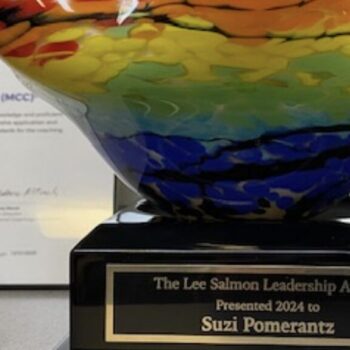
Reframing as an Essential Coaching Strategy and Tool
Reframing as Second Order Thinking
Reframing encourages a shift from first to second order conceptualizations of a problem, yielding valuable insights (second-order learning), creative solutions or even recognition that a problem does not in fact exist. The problem can be viewed from a different angle or from the viewpoint of a person who comes from a very different context (the proverbial “person from Mars”). The three sets of numbers, for instance, can be viewed from the perspective of someone coming from the world of music rather than from the world of daily life.
Second-order thinking is encouraged, following by second-order learning, when a professional coach challenges their client to re-think and potentially reframe their goals and when they invite their client to re-think and potentially reframe the way they are viewing their current context. Ultimately, the coach can support and work with their client in re-thinking and re-framing the strategies and tactics they will engage in moving from their current state (context) to their desired state (goals).
The reframing might even mean moving between personal and collective versions of reality (current state) and purpose (desired state). With a coach’s assistance, a client can move from the collective to the personal level (“What ultimately does all of this mean for me?”) or in the opposite direction from the personal to the collective (“Will this initiative actually make any difference for anyone?”). We see inquiry into the source of reality on our Solipsism T-Shirt. Is this my reality or is this a shared reality? There might ultimately be no more important—or profoundly disturbing—question to be asked and potential reframing to be engaged than that associated with an inquiry into the source of ones’ version of reality.
Specifically, a leader reframes an issue (often with the assistance of a coach) by taking one of three approaches:
- Defining the goals associated with a specific problem in a new way.
- Describing the current context within which the problem exists in a new way.
- Identifying a new set of strategies for solving the problem.
I turn to a more complete description of each approach as a way to arrive at a fuller appreciation of the powerful and diverse use of this coaching tool.
- Posted by William Bergquist
- On May 10, 2024
- 0 Comment


Leave Reply